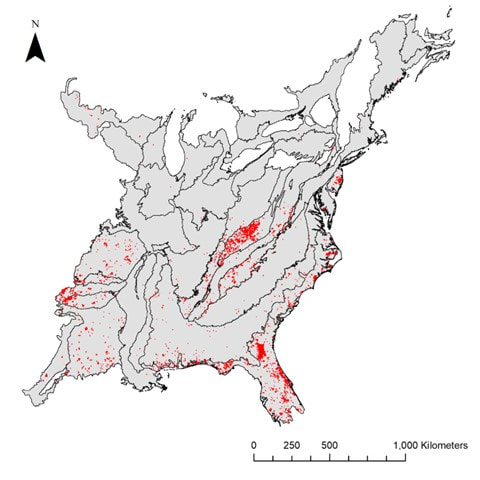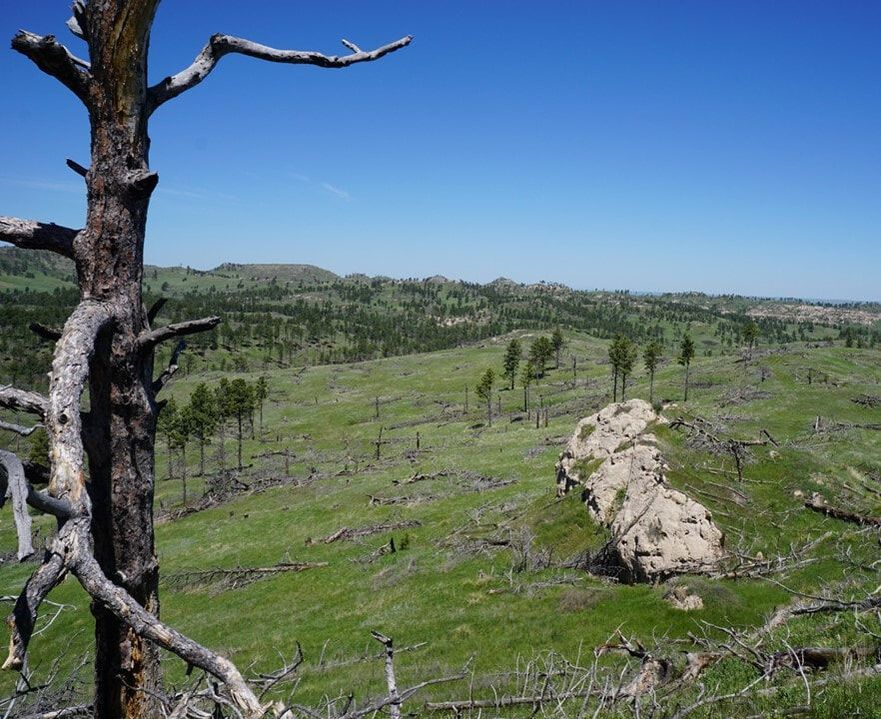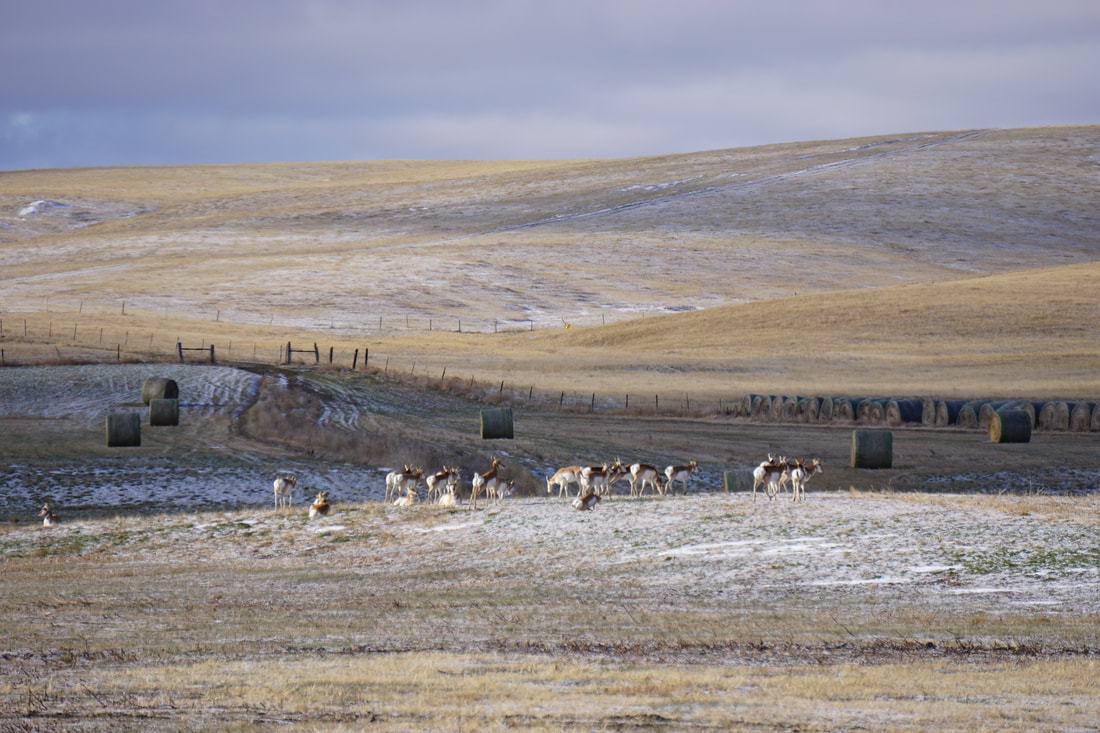Wildfire Dynamics in Eastern Temperate Forests
Wildfires have been increasing across the United States. In Eastern Temperate Forests, an extensive Wildland-Urban Interface (WUI) combined with signals of increasing wildfire activity highlight the need for an early understanding of shifting wildfire dynamics and wildfire outcomes. We are using remotely sensed information to track patterns, drivers, and outcomes of large wildfire to support fire management and planning across the Eastern Temperate Forest region.
|
Fire Heterogeneity Impacts on Forest ResilienceFire is a fundamental ecosystem process that has shaped terrestrial landscapes for millions of year. Following over a century of wide-spread fire suppression, land managers are increasingly turning to prescribed fire management to restore this fundamental process in ecosystems. However, there is still much that western science does not understand about the complexity of fire outcomes that shape ecosystem structure and function across scales. We are using a combination of field and remotely sensed data to determine the drivers and characteristics of heterogenous fire outcomes like fire refugia and varying burn severity to inform fire management.
|
|
Drivers and Indicators of Wildlife Population Resilience
Biodiversity is rapidly declining in the face of global change. There is increasing recognition that preventative conservation is more economical and effective than conservation that targets species already experiencing rapid or large-scale decline. We are working on developing early warning indicators of losses in species resilience to support species conservation and restoration efforts.
|



